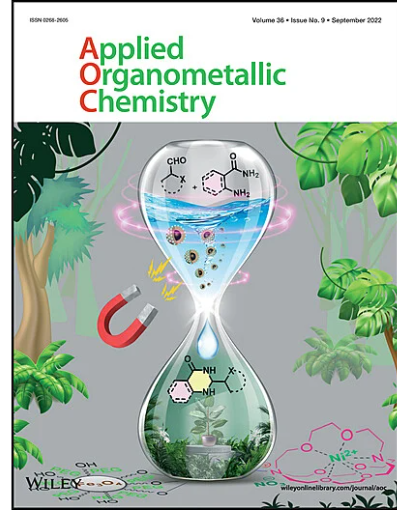Non-template Tailored Macrocyclic Complexes: Synthesis, Characterization, Biological and Computational Studies
Abstract
Some novel biologically active tetraaza-macrocyclic complexes of Fe (III) and Cr (III) were synthesized by non-template method. In this methodology, first macrocyclic ligand was synthesized by condensation reaction between triethylenetetramine and dimedone which was further reacted with trivalent Fe and Cr ions to synthesize the macrocyclic complexes having general formula [M(C14H26N4)(X)](X)2 where X represents Cl−, NO3−, CH3COO−. Various physiochemical studies suggested the square pyramidal geometry around the metal ion of all complexes. With the aid of PXRD technique, it was found that some of the complexes possessed monoclinic crystal system while other complexes showed to have orthorhombic crystal system. The DFT study was also carried out to examine the various quantum descriptors of ligand and its complexes. Moreover, newly synthesized macrocyclic ligand and its complexes with Fe and Cr ions were tested against fungal strain as well various bacterial strains. The results of antibacterial study showed that all complexes exhibited remarkable ability to inhibit the growth of microbes as compared to ligand. All complexes were found to have drug-likeness behavior as indicated by in-silico studies. Furthermore, these complexes were also tested for their antioxidant activity and it was observed that complexes showed better antioxidant activity as compared to ligand and standard solution of ascorbic acid.


 求助内容:
求助内容: 应助结果提醒方式:
应助结果提醒方式:


